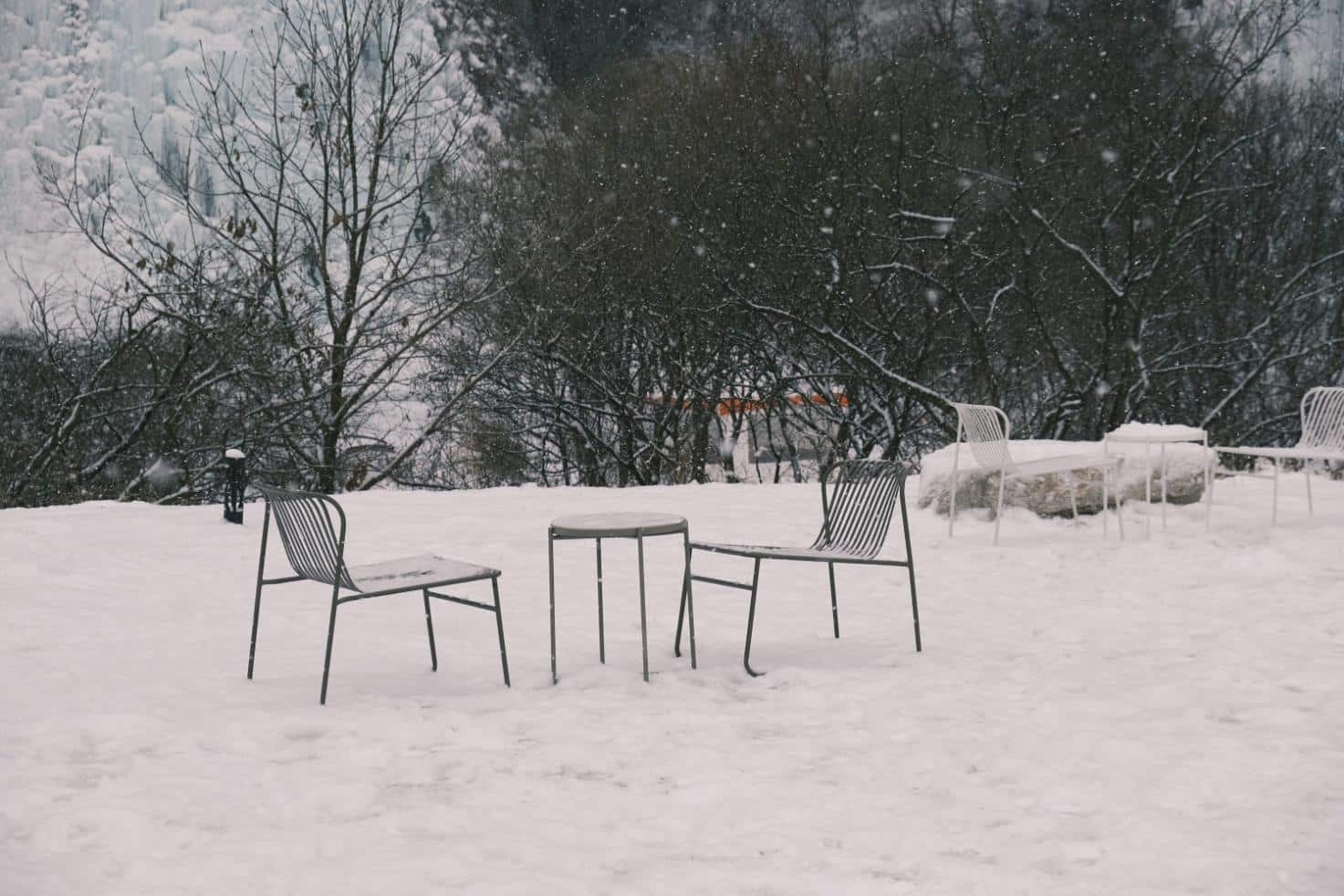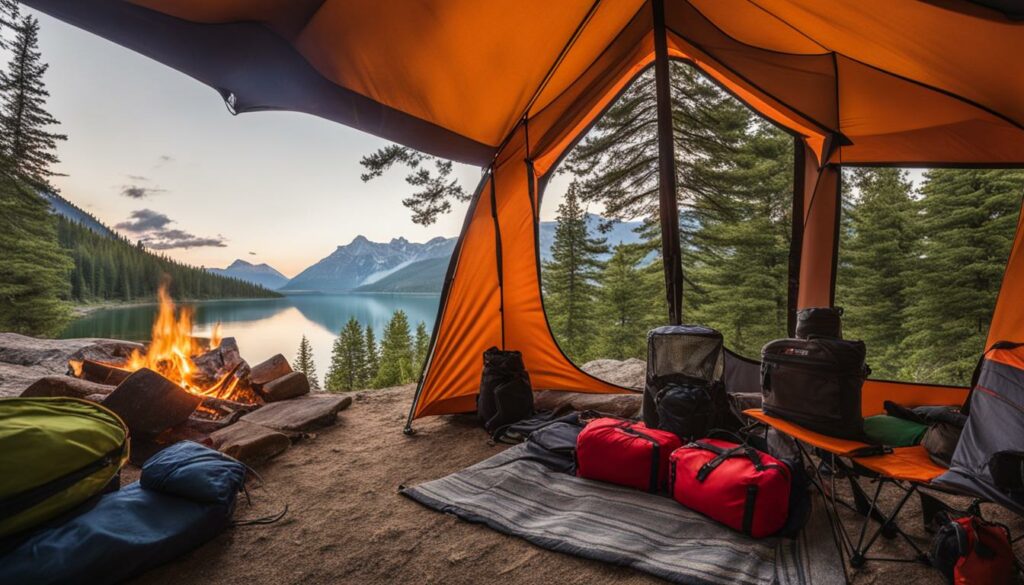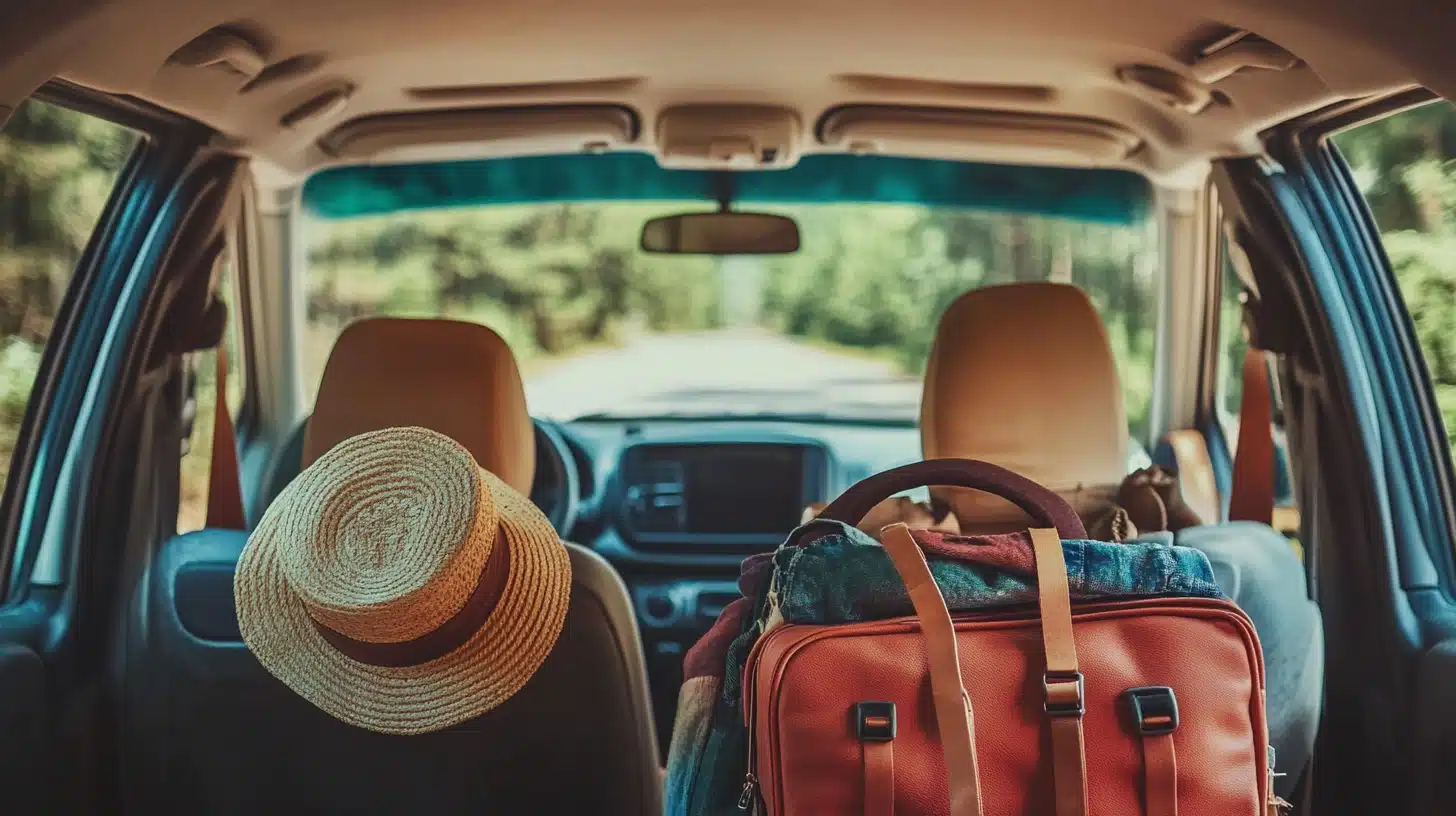
Winter camping is one of the most interesting, unique formats of outdoor activities, which gives real emotions, and the opportunity to see the winter beauty of nature, and offers a unique feeling of solitude, peace, and deep unity with the surrounding ecosystem.
For successful solo winter camping, careful preparation and a balanced choice of quality tourist equipment are necessary to ensure your safety, comfort, and the proper level of comfort in difficult weather conditions. Regardless of your experience – whether you are an experienced traveler or just a beginner – the proposed list of equipment will help you navigate the basic needs for winter camping alone.
Careful Preparation for Winter Solo Camping Is Extremely Important. You Should Have a Thorough Understanding of The Key Challenges of Winter Nature
Before moving on to discussing the necessary tourist equipment, it is important to understand the nature of the conditions that you will have to face during your winter vacation. Winter camping requires specialized equipment and careful strategic planning. Temperatures drop well below freezing, daylight hours shorten, and adverse weather conditions such as snow, ice, and strong winds become daily companions of your trip. 1 man winter tent guarantees the right level of safety, this kind of tent is needed for lonely winter camping, they are quite compact and light, designed to be strong enough to withstand harsh winter conditions:
- Successful winter camping doesn’t just depend on good equipment. Mental preparation is just as important. When you’re soloing, you have to rely solely on your skills, good judgment, and the reliability of your chosen camping gear;
- Unlike summer camping, where a sudden rainstorm can be a temporary inconvenience, winter conditions can be a serious threat to your life without proper preparation. Therefore, it is critically important not only to know the basic principles of winter survival but also to have a strategically selected set of quality hiking equipment, which is what we will be talking about now.
Let’s Consider the Necessary Basic Tourist Equipment for Individual Winter Camping

A quality tent is a key factor for a successful and safe solo winter camping. After all, throughout your stay in nature you will have to face unpredictable weather conditions. Therefore, your tent should be as resistant to snow, rain and gusts of strong wind as possible, while at the same time reliably retaining heat inside.
In the search for the perfect winter tent, focus on models specially designed for the cold season, which have reinforced seams, snow sides, and a strong frame. For solo winter camping, a lightweight and compact single winter tent designed for extreme conditions is ideal. Such tents provide not only protection from the cold and adverse weather conditions but also confidence that your tent will reliably withstand any weather. Key features to look for when choosing a tent:
- A robust four-season construction that can withstand heavy snow loads and strong winds;
- Additional space to store your camping gear inside the tent;
- Effective ventilation reduces the risk of condensation inside the tent and prevents the cold from entering.
It’s Important to Stay Warm All Night when Solo Winter Camping
Choosing the right, high-quality gear directly affects your comfort and safety in winter conditions. Choose a sleeping bag that retains heat well and is designed for temperatures below what you expect. An option with a temperature minimum of 20°F (-6°C) or lower is recommended. Down sleeping bags are great for better insulation due to their lightness and ability to retain heat. However, if there is a risk of prolonged exposure to damp environments, give preference to synthetic options that work better in such conditions.
Provide high-quality thermal insulation from the cold of the ground. Foam or inflatable mats with a high R-value (coefficient of thermal resistance) are suitable for this. A thicker mat guarantees better efficiency in retaining heat. A sleeping bag liner is an additional accessory made of fleece or silk that can increase the warmth of your sleeping place by a few more degrees. With the right equipment, even snowy cold becomes a pleasant challenge, winter camping is a real pleasure!
Clothing Should Be of High Quality and Multi-Layered
For solo winter camping, it is extremely important to choose the right clothes. Multi-layered clothing allows you to quickly adapt to changes in activity and temperature drops. The base layer of clothing (wool or synthetic) should wick away moisture, and provide dryness and warmth. The middle layer of clothing (fleece jackets, down jackets, or synthetic sweaters) should provide a balance between lightness and warmth. The outer layer of clothing includes waterproof and windproof clothing made of Gore-Tex-type fabrics to protect against bad weather and sweat evaporation. Do not forget about warm hats, balaclavas, insulated gloves, and scarves to protect key areas. Waterproof gaiters prevent snow and cold air from getting in.
The Cooking Process
In winter, you can quickly cook extremely tasty food using a tent stove. In addition to food, take a few energy bars with you, they will allow you to quickly restore your strength and energy. Having extra fuel for the stove will help you avoid unexpected difficulties. From the dishes, you should bring a compact saucepan, forks, spoons, and a knife, and don’t forget about frost-resistant matches or a lighter.
Ensuring Visibility in The Dark
With the short winter days, having a reliable source of light is a critical aspect of successful winter solo camping. A headlamp is highly recommended, as it provides convenience and leaves your hands free to perform various tasks, such as orienteering or cooking. Always carry spare batteries to avoid interruptions in the operation of the flashlight.
Protective Equipment and Navigation Aids
When traveling in the winter, especially when you are on your own, you need to be prepared for possible unforeseen situations. This includes having navigation aids, a first aid kit, and other emergency equipment. Even if you are familiar with the area you are traveling, always carry a map and a compass or GPS. Snowy terrain can quickly make it difficult to find your way around, so make sure that all devices are charged or have alternative power sources (such as spare batteries). Winter solo camping requires a special first aid kit, which should include supplies for treating frostbite, hypothermia, and other complications caused by extremely low temperatures. The kit should also include the basics: antiseptic wipes, sterile bandages, and an insulated blanket.
Summary
Solo winter camping is not for the faint of heart, but it is an unforgettable experience and a maximum of positive emotions. With the right, high-quality hiking gear, careful planning, you can enjoy yourself, explore new winter sights, and experience the peace that solo winter camping offers.
If you are looking for reliable winter camping equipment to make your solo winter camping more comfortable and safe, Hot-tent offers a wide range of high-quality equipment that can support your winter adventure. Remember, preparation is key, so be prepared to feel the cold and make the most of your solo winter hike!





